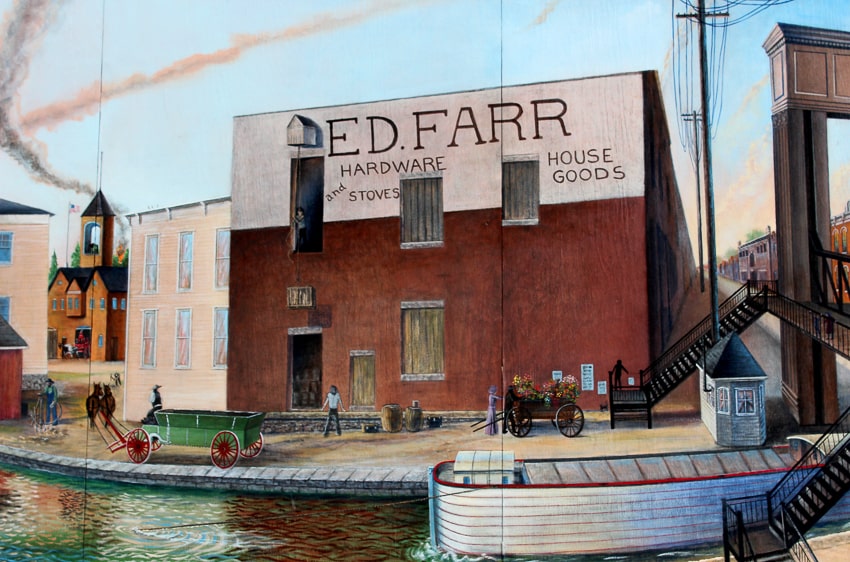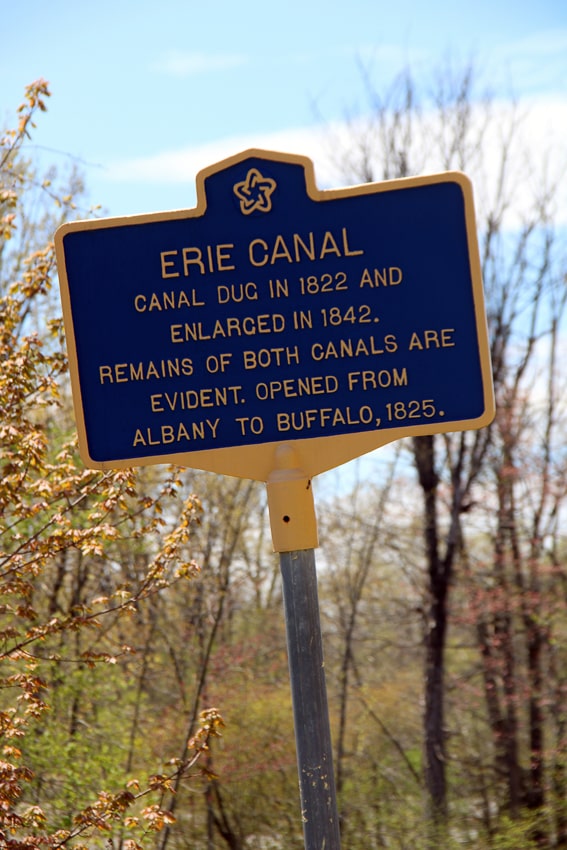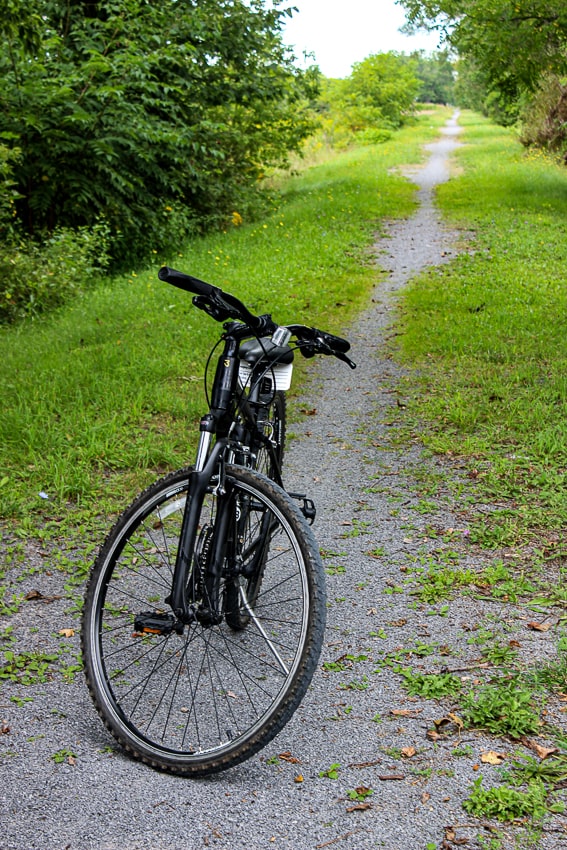
The Erie Canal was a man-made marvel that most believed an impossible feat.
Built to create a navigable water route from Albany to Buffalo, New York, The Erie Canal was a man-made marvel that most believed an impossible feat. It was a 363-mile waterway connecting the Great Lakes with the Atlantic Ocean via the Hudson River in Upstate New York.
The canal transformed New York City, celebrating it as the young nation’s economic force to be reckoned with.
Canal packet boat passengers traveled from Albany to Buffalo in five days – a short trip compared to two weeks in crowded stagecoaches. Besides that, freight rates fell a whopping 90% compared to shipping by ox-drawn wagons.
By the time the canal opened in 1825, approximately 8,000 Irish laborers had succumbed to cholera and yellow fever. Some perished in explosions while clearing land and blasting underground tunnels. Many were Irish children, who pulled the barges 15-miles a day – eventually told there was no money to pay them at the end of the journey.
Today, the rich history of the Erie Canal is front-and-center in numerous towns that dot the route. People can kayak through parts still open, enjoy a bike ride along the Towpath, go on a treasure hunt leading them from one place of the canal to the next.
Click image to see an enlarged view.

One of the many signs found along the Erie Canal 
Building painted with a typical everyday scene 
Typical displays seen in one of many museums 
One of the 57 Locks along the Erie Canal 
Underground tunnel along the Erie Canal in Lockport, NY. The tour guide was full of exciting stories, some of them tragic 
Museum and waterway, Lockport, NY 
Paintings depict typical life and goods carried in the packet boat. 
Sign at historic Lock #19, Visher Ferry, NY 
Treasure Hunt with one of several clues seen on building window along the Erie Canal in Canastota, NY 
Large posters speak of some crucial folks traveling on the Erie Canal hang on museum walls 
Painted murals on old brick buildings highlight the importance of the canal 
Throughout NY State, hand-painted murals highlight the Erie Canal and life on the water. These paintings are a great way to showcase its heyday 
A packet boat displayed in a museum dedicated to Erie Canal history 
One of the towpaths I rode on while taking part in the treasure hunt 
My bike – I rode it for 22-miles that day while learning more about this fantastic man-made waterway!
Canal museums – such as Chittenango Landing Canal Boat Museum of Madison County, Historic Palmyra Museum, and the Erie Canal Museum in Syracuse, New York, offer visitors an in-depth education of the canal and its importance to the country.
In 2000, the United States Congress designated The Erie Canal a National Heritage Corridor.

About Theresa St. John—Theresa has been taking photographs since she was four years old. She fondly recalls following her dad around the yard with a brand-new Brownie. Theresa carries her Canon model now, and kids people about the camera case slung over her shoulder like an appendage – her pocketbook – she tells them. “It would be the one time I don’t have my camera that I miss my best shot,” she laughs. See more of Theresa’s work at, Just 2 Feet and a Camera.

